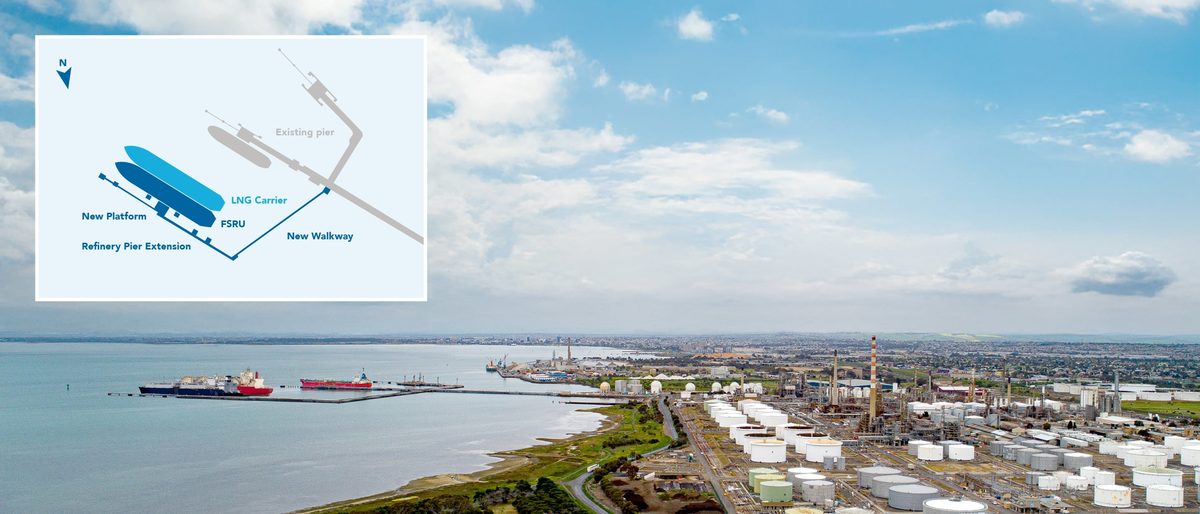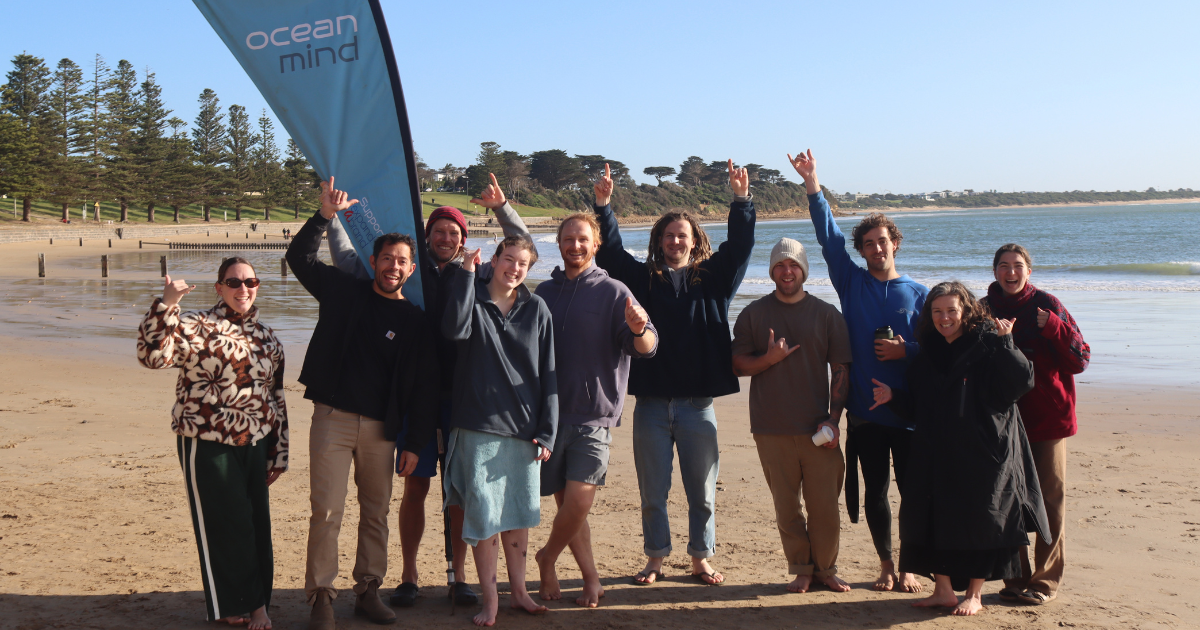Coalition touts $1.7 billion childcare plan in coming Budget

Treasurer Josh Frydenberg (right) meets one of the beneficiaries of the Coalition’s new policy at Sunday’s announcement in Narrabundah, ACT. Photo: JOSH FRYDENBERG
THE federal Budget for the coming financial year will be handed down on Tuesday next week, and the federal Coalition is talking up a $1.7 billion investment in childcare as one of its highlights.
The Coalition says the changes it announced on Sunday – which will not take effect until July 1, 2022 – are deliberately aimed at low and middle income earners, with about half the families expected to benefit having a household income under $130,000 and will also “lower the structural disincentive to take on an additional day or two of work for many families”.
In its Budget, the Coalition will:
- Increase the childcare subsidies available to families with more than one child aged five and under in child care, benefiting about 250,000 families, and
- Remove the $10,560 cap on the Child Care Subsidy, benefiting about 18,000 families.
For those families with more than one child in childcare, the level of subsidy received will increase by 30 percent to a maximum subsidy of 95 per cent of fees paid for their second and subsequent children.
The Coalition says under the new system, a single parent on $65,500 with two children in four days of long day care who chooses to work a fifth day will be $71 a week better off; and a family earning $110,000 a year will have the subsidy for their second child increase from 72 to 95 per cent and would be $95 a week better off.
Treasurer Josh Frydenberg said the investment built on the $10.3 billion the Coalition was investing in child care this year.
“These changes strengthen our economy and at the same time provide greater choice to parents who want to work an extra day or two a week,” he said.
“This is a targeted and proportionate investment that simultaneously makes childcare more affordable, increases workforce participation and boosts the Australian economy by up to $1.5 billion per year.”

















